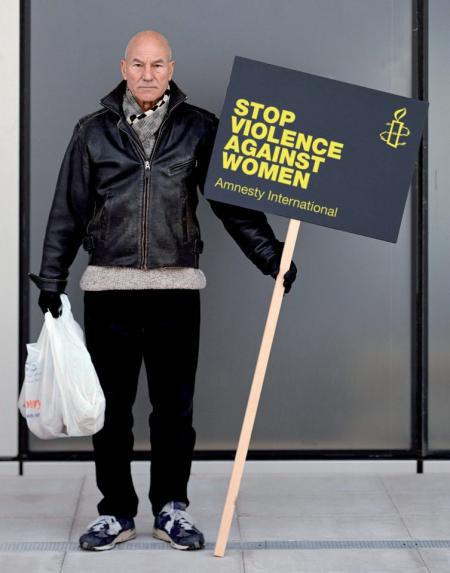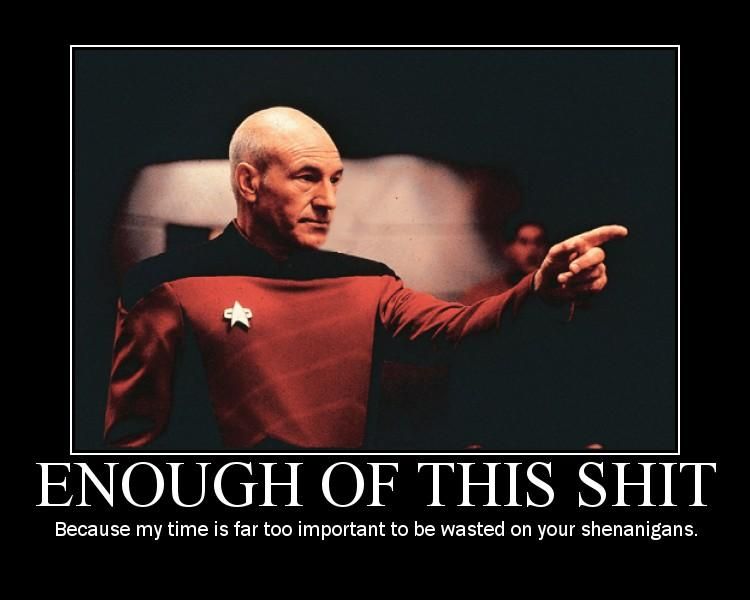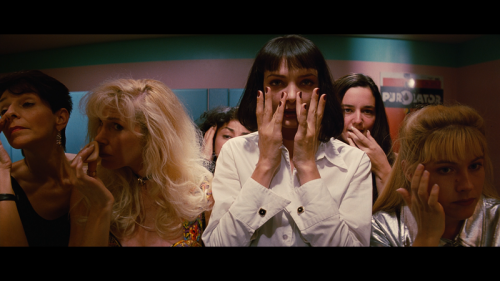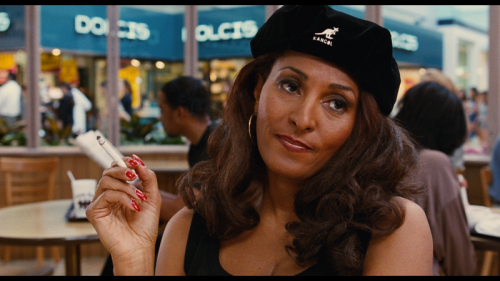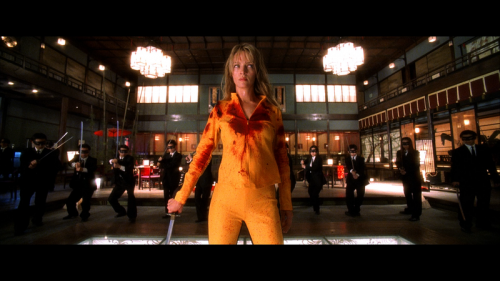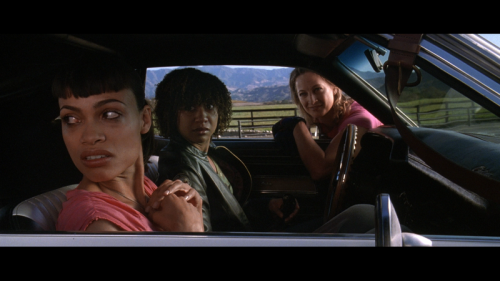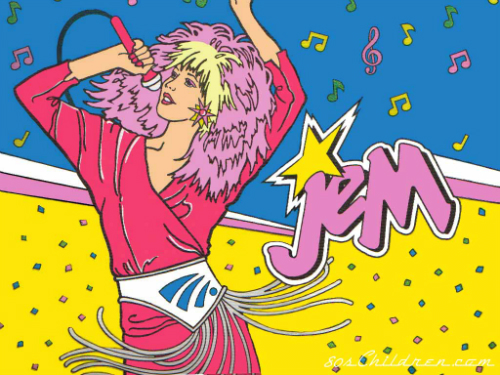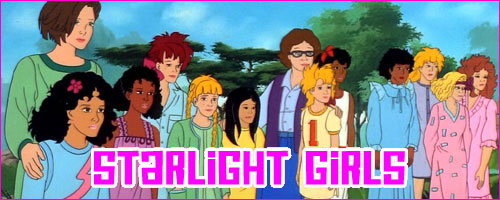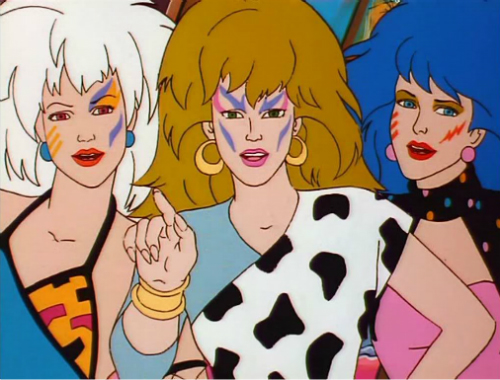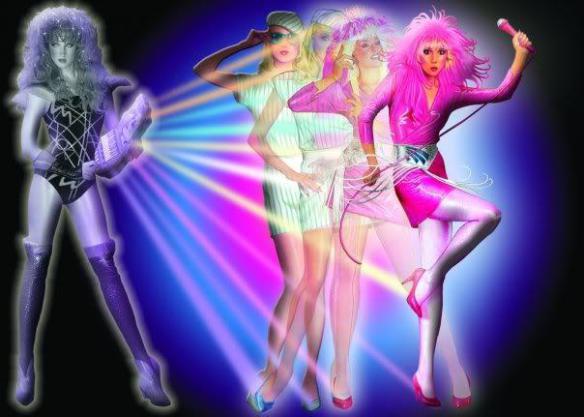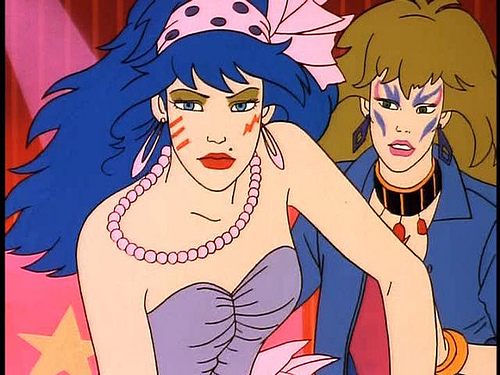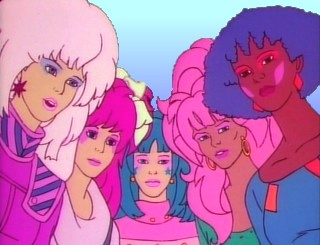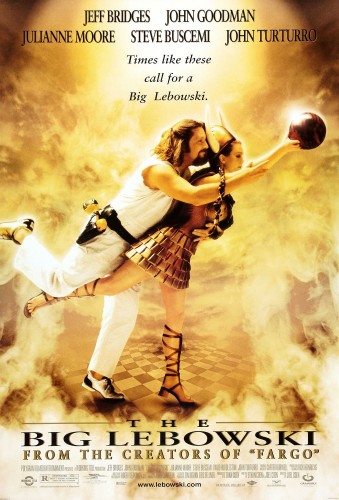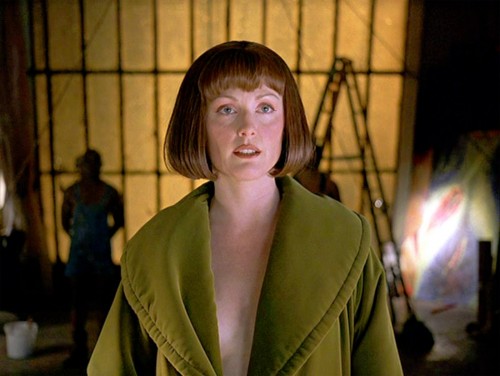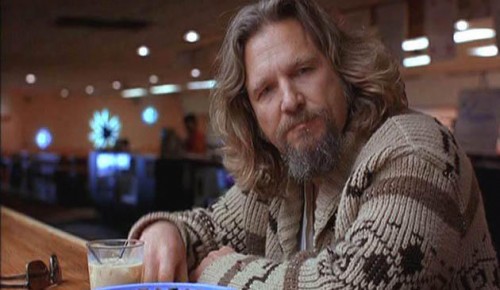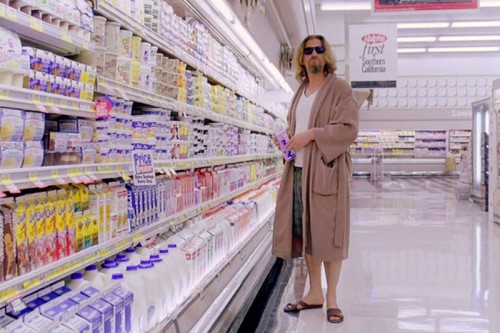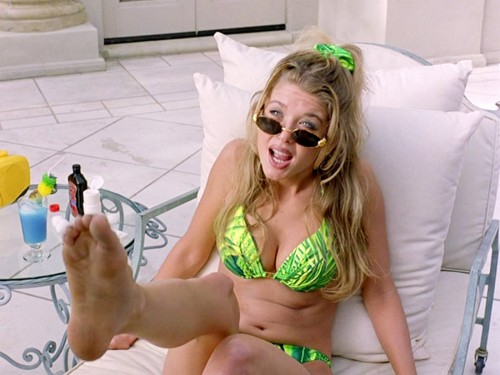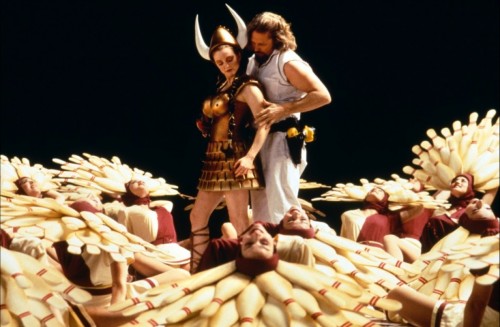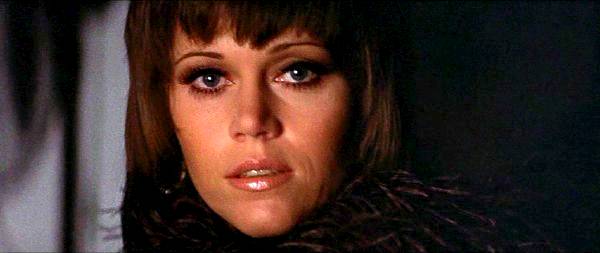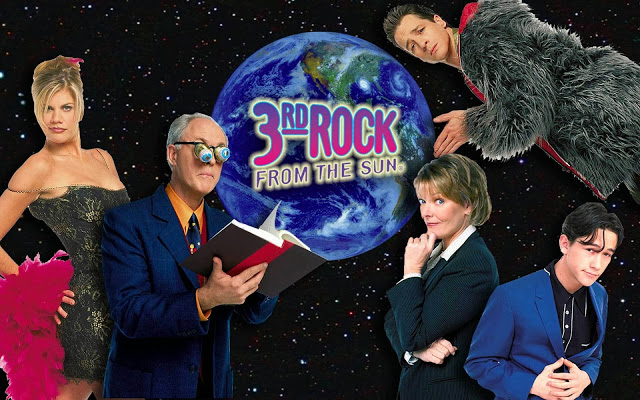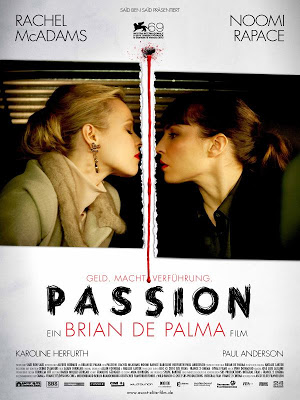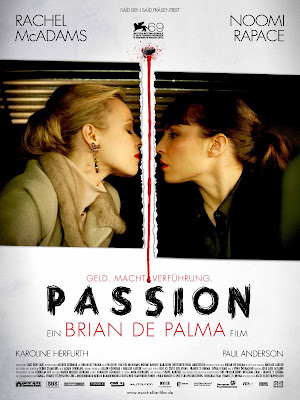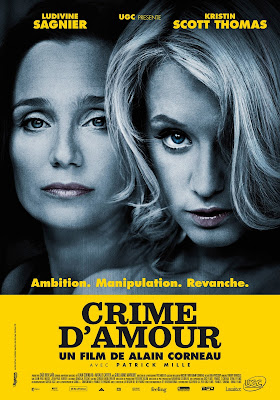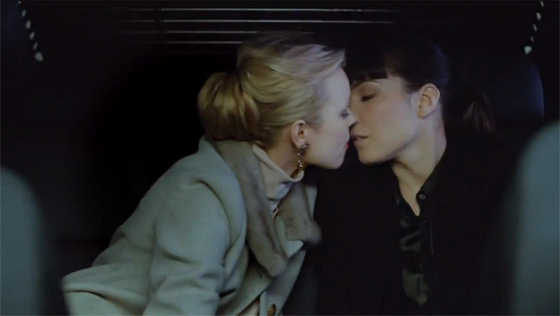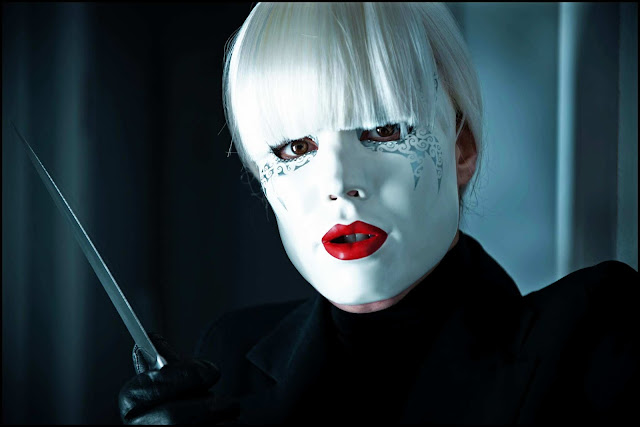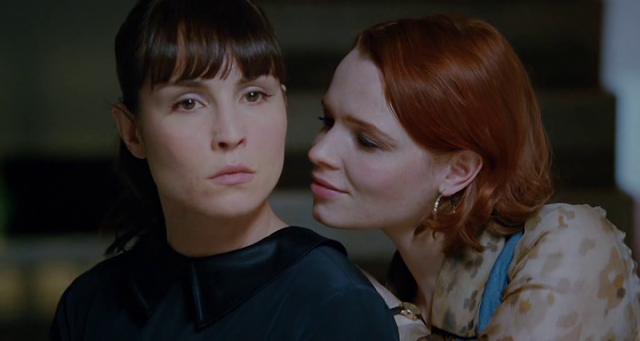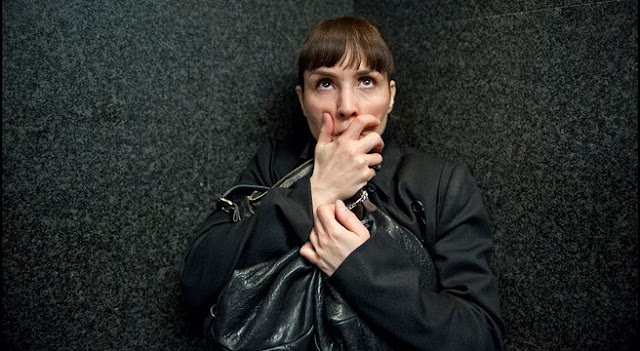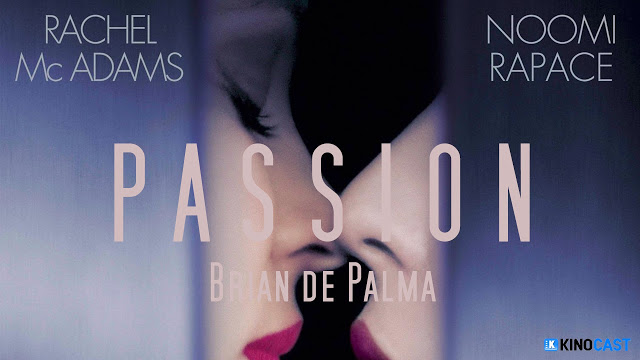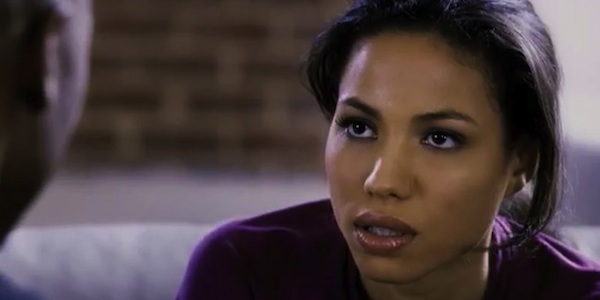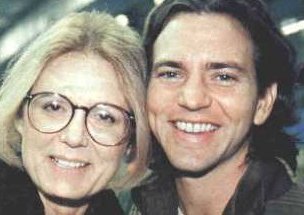
Written by Leigh Kolb as part of our theme week on Male Feminists and Allies.
Toward the end of Pearl Jam’s Oct. 16 show in Oklahoma City, Eddie Vedder turned the microphone over to a woman in the front row who wanted to propose to her boyfriend. She got down on one knee, proposed, and kissed the man who had said “yes.”
Vedder congratulated them and said, “That’s beautiful–it’s a modern world.”
Vedder has spent his career fighting for a modern world that accepts and promotes women–he’s fought for reproductive rights, spoken out against sexual assault, and worked for worldwide safe pregnancy/childbirth. Vedder’s feminism has followed him from the highest rafters at Lollapalooza in 1992 to being the father of two daughters in 2013.
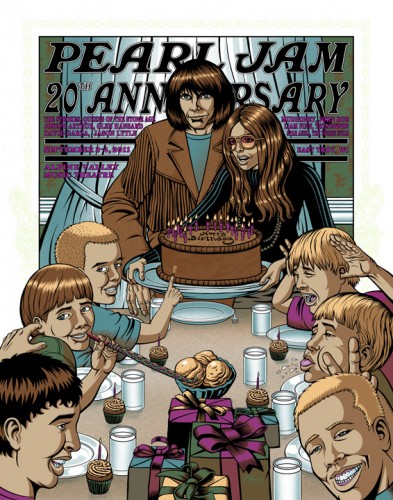
His politics have never taken second stage, and his feminism has always been a part of what is stereotypically a masculine, male-dominated, female-unfriendly world of rock.
Vedder’s ethos shaped my adolescence, and normalized feminism. While Pearl Jam as a whole (Jeff Ament, Stone Gossard, and Mike McCready) presented itself as a progressive force in the grunge scene, taking female protagonists and feminist issues to the radio and MTV, Vedder’s voice and actions made an incredible impact on me as I fully realized my own feminism, even if I couldn’t name it at age 10.
Listening to Pearl Jam growing up, I consistently heard songs with female protagonists. I loved reading the lyrics–they weren’t against me or at me. The lyrics told stories about women and girls facing mental health issues, disappointing relationships, being misunderstood by parents and men, and aging in a small town–all from the woman’s perspective. They commented on the privilege of being white and male in our society, the ramifications of not having that privilege, and the damaging and idealized masculinity of guns.

When Vedder scrawled “Pro-Choice” on his arm with a Sharpie during an MTV Unplugged performance, he did what many celebrities don’t–loudly proclaim to a huge audience a commitment to the right to choose. Pearl Jam performed at Rock for Choice concerts. Vedder wrote an essay for SPIN magazine in 1992 (“Reclamation”) looking at abortion on a macro and micro level.
Penning first-person narratives of abortion experiences is still groundbreaking 20 years later, and too often women are held responsible for telling stories to effect change.
Vedder’s essay is gorgeous and powerful–he manages to stress that reproductive choice is a human rights issue, and men and women must come together and “shout” to make their voices heard. He points out that if it were about men’s bodies, “there would be no issue.” In just a few paragraphs, he acknowledges patriarchy, religious influence, the notion of “freedom,” women’s autonomy, and weaves in his personal experience with abortion.
Twenty years later–we still need more of these voices. And although I’ve read Vedder’s account over and over, I’m moved every time.

In 1995, Vedder took to the airwaves, citing Ms. Magazine and Gloria Steinem, and reading a lengthy memo from Voters for Choice about the heightened violence against abortion providers.
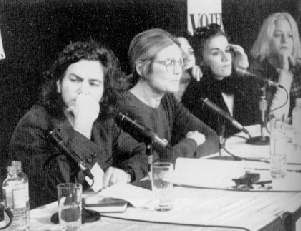
Vedder still brings up a woman’s right to choose as one of his top priorities when talking about his activism.
Anti-rape messages have also been woven through Vedder’s rhetoric over the years. At the very beginning of their career, Vedder commented on a Red Hot Chili Peppers’ song entitled “Party On Your Pussy” before launching into a cover of Fugazi’s anti-rape “Suggestion.” He said, “Don’t go partying on anybody’s pussy unless they want you to.”
What a novel idea… one that still doesn’t seem clear in our culture.
While Vedder and Pearl Jam’s commitment to reproductive rights and women’s sexual and bodily autonomy stand out, they’ve also consistently been outspoken about other feminist causes–environmentalism, gun control, the justice system, health care, bullying, unjust war, and child abuse. Certainly not all of their fans appreciate their politics, which makes their conviction all that more poignant.
Vedder has also recently contributed “Skipping” (which features his daughter’s voice) to the compilation Every Mother Counts, an album that raises funds for women and maternal health in underserved areas around the world. Fatherhood hasn’t softened Vedder beyond recognition; in fact, he’s said that fatherhood just “fueled” his anger about the world around him and the injustices he sees. In a recent interview, he discusses the importance to be present as a father, reasons to celebrate in our society (increased gay rights and pot legalization), and reasons to mourn (compromised voters’ rights).

The company that Vedder and Pearl Jam have kept over the years–Sleater-Kinney, Cat Power, Natalie Maines, Carrie Brownstein–certainly add to their feminist cred.
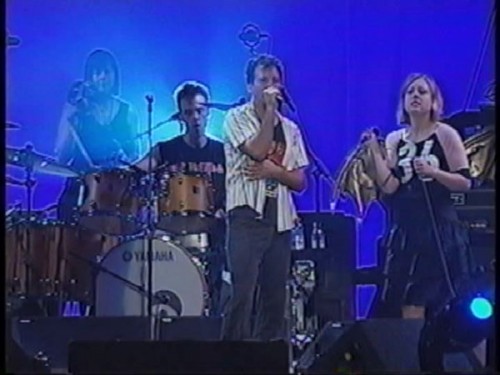
As Pearl Jam wrapped up their weekend-long 20th anniversary PJ20 celebration in Troy, Wisconsin in 2011, Vedder said to the crowd, “Everybody, every member of this group has a very powerful woman next to us, behind us and in front of us… We love you.”
Their career has proven that they see women in general as behind, beside, and in front of them. This clearly goes for the women in their personal lives, but it has always felt that way for their audiences as well.
As a girl, I would press my forehead against the cool glass in the backseat of my parents’ car, having convinced them to put in Vitalogy as I flipped through the fascinating liner notes. I never felt like a girl or an object, or otherized by their music and lyrics. It was just part of me. As I grew older, and more political–naming my feminism and activism–how surprised and relieved I’ve been to realize that Vedder and company have been there all along. Next to me, behind me, and in front of me, normalizing women’s stories, fighting for women’s rights, and working for a greater, more equal world.
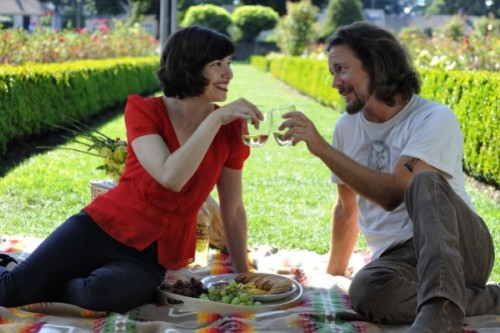
Recommended Reading/Listening: “Reclamation,” by Eddie Vedder; Transcript of Vedder’s Radio Broadcast (1995); “Better Man”; “W.M.A.”; “Why Go”; “Glorified G”; “Elderly Woman Behind the Counter in a Small Town”; “Daughter”; “Porch” (pro-choice performance); Carrie Brownstein Interviews Pearl Jam; Sleater-Kinney Reunite at Pearl Jam Show (Nov. 29, 2013)
Related: “Nirvana’s Secret Feminism,” by Amanda Marcotte
Leigh Kolb is a composition, literature and journalism instructor at a community college in rural Missouri.
